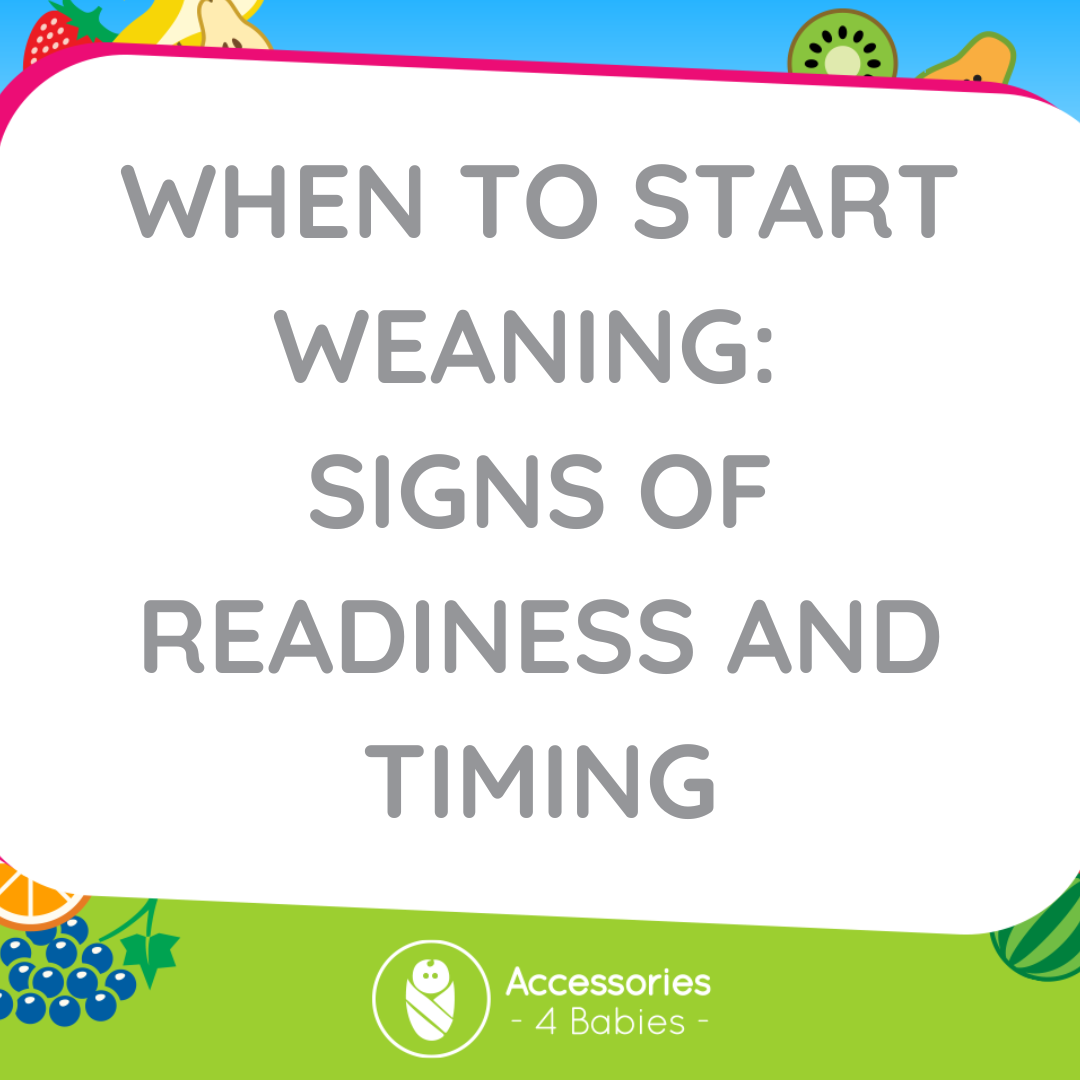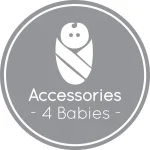
When to Start Weaning: Signs of Readiness and Timing
Introducing solid foods to your baby is an exciting milestone, but knowing when to start weaning is essential for a successful transition. In this blog post, we’ll explore the signs that indicate your baby is ready for weaning and provide guidance on the optimal timing for this important phase.
Signs of Readiness for Weaning:
Age and Development: Most babies are developmentally ready for weaning around 6 months of age. At this point, their digestive system and oral motor skills are better equipped to handle solids.
Sitting Up Independently: Your baby can sit upright and steady without support, a crucial skill for safe eating and swallowing.
Curiosity and Interest: Your baby shows interest in watching others eat, reaches for food, or mimics chewing motions.
Loss of Tongue Thrust Reflex: The reflex that pushes food out of the mouth diminishes, allowing your baby to manage and swallow solids.
Chewing Motion: Your baby starts making chewing motions with their mouth, even if they don’t have teeth yet.
Timing for Weaning:
Around 6 Months: The World Health Organization (WHO) recommends starting weaning around 6 months, as breast milk or formula alone may no longer meet your baby’s nutritional needs.
Avoiding Early Introduction: Introducing solids before 4 months is associated with an increased risk of allergies and digestive issues.
Individual Variability: While 6 months is a guideline, each baby is unique. It’s important to observe your baby’s cues and readiness rather than adhering strictly to a timeline.
Getting Started:
Small, Gradual Introductions: Begin with a single, iron-rich food in a small quantity to gauge your baby’s reaction and tolerance.
Texture and Consistency: Progress from smooth purees to thicker textures as your baby adapts to different consistencies.
Balanced Nutrient Intake: Continue breastfeeding or formula feeding alongside solids to ensure proper nutrition.
Personalized Approach:
Trust Your Instincts: As a parent, you know your baby best. Pay attention to their cues and readiness signals.
No Pressure: Avoid rushing the process or forcing your baby to eat. Allow them to lead the way and eat at their own pace.
Conclusion:
Knowing when to start weaning involves recognizing your baby’s developmental cues and considering their individual needs. By following the signs of readiness and introducing solids at the right time, you can embark on a positive weaning journey that sets the stage for a lifetime of healthy eating habits.

Stockists





